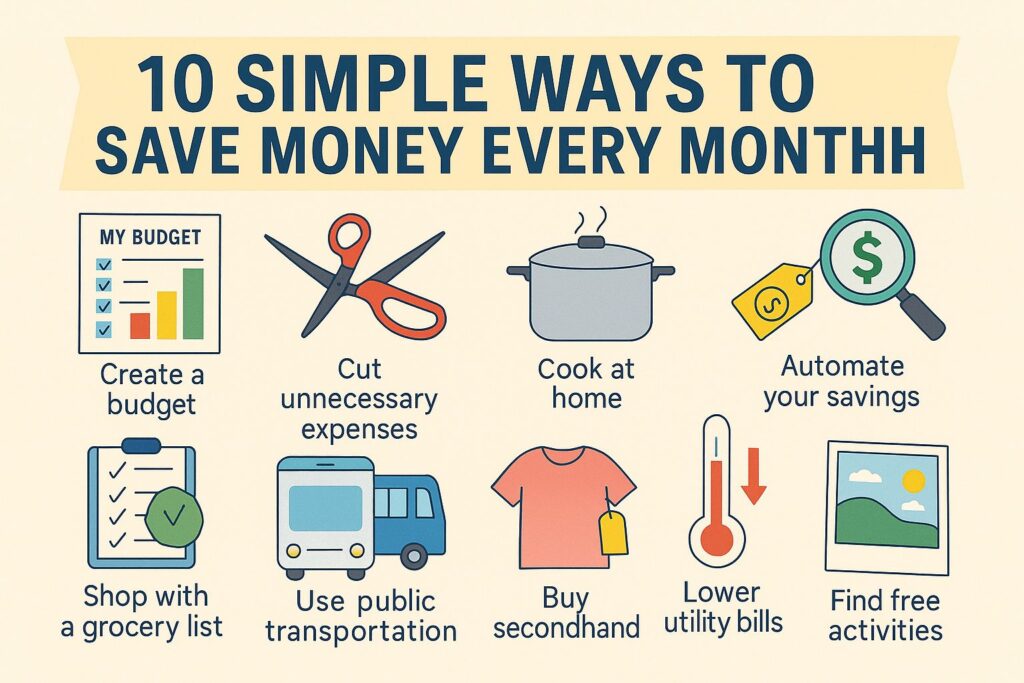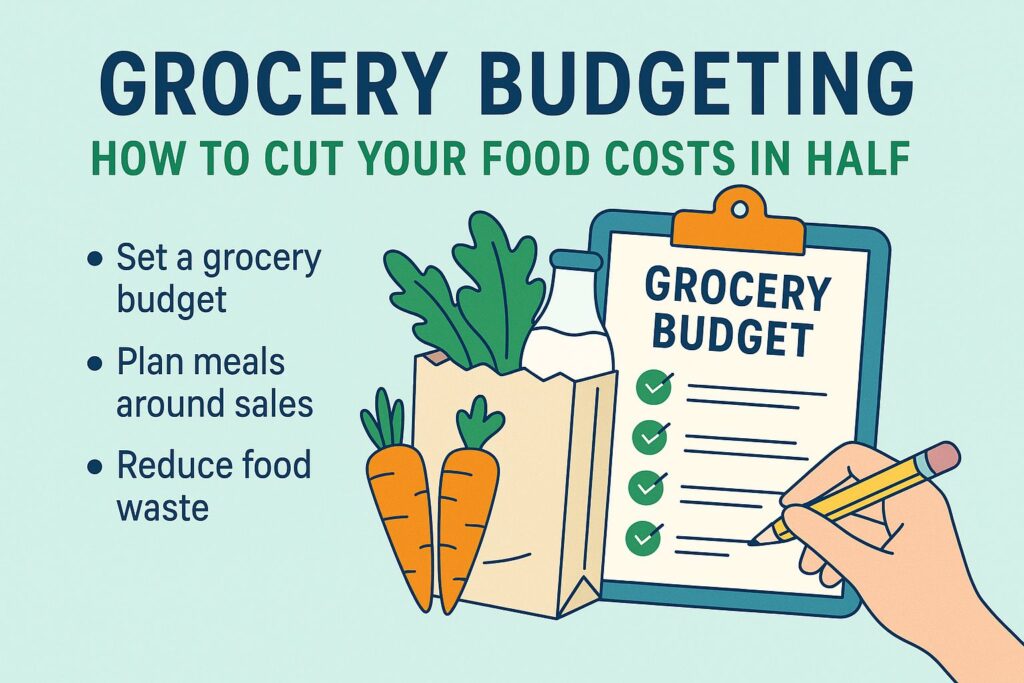Learn how to reduce impulse spending with practical strategies that keep your budget intact. Discover ways to control your spending habits and boost your savings.
Introduction: Why Impulse Spending Hurts Your Finances
If you are wondering how to reduce impulse spending and maintain financial stability, you are not alone. Many people struggle with unplanned purchases that slowly drain their budget. These small, seemingly harmless expenses can quickly add up and leave you wondering where your money went. The good news is that with the right strategies, you can control these urges and keep your financial goals on track.
Impulse spending often happens when emotions override rational thinking. You see something attractive online or in a store, and before you know it, your card is out, and the purchase is complete. While occasional indulgence is fine, consistent impulsive buying can sabotage your savings and create unnecessary debt.
Recognizing the Triggers Behind Impulse Spending
The first step in learning how to reduce impulse spending is to identify what causes it. Triggers vary from person to person but often include:
• Emotional states such as boredom, stress, or excitement
• Sales and discounts that create a false sense of urgency
• Social influence from friends, family, or social media
• Easy payment options like one-click purchases
When you are aware of your triggers, you can develop a plan to avoid them. For example, if you tend to shop online late at night, consider setting a no shopping rule during those hours.
Create a Budget That Includes Fun Money
One of the most effective ways to stay on track is to create a realistic budget. Instead of cutting out all non essential spending, allocate a small amount for discretionary purchases. This prevents feelings of deprivation and makes it easier to resist unplanned splurges.
When you have a set limit, you can enjoy buying small treats without guilt. Over time, this approach helps you balance enjoyment with financial responsibility.
The 24-Hour Rule for Better Decision Making
A popular technique for how to reduce impulse spending is the 24-hour rule. Before buying something non-essential, wait at least one full day before making the purchase. This cooling off period allows you to decide whether the item is truly necessary or just a passing desire.
For bigger purchases, you might even extend the waiting period to 48 or 72 hours. Most of the time, you will find that the initial excitement fades, and you no longer feel the urge to buy.
Limit Exposure to Temptations
If you want to stop impulsive spending, reduce your exposure to things that trigger it. This might mean:
• Unsubscribing from promotional emails
• Avoiding malls or shopping websites without a purpose
• Deleting saved credit card information from online stores
• Unfollowing social media accounts that encourage overspending
By removing these temptations from your daily life, you create fewer opportunities for impulsive decisions.
Track Your Spending in Real Time
Knowing where your money goes is essential for staying on budget. Use a budgeting app or a simple spreadsheet to track expenses as they happen. This awareness helps you notice patterns in your spending and spot areas where you can cut back.
When you track in real time, the act of recording each purchase can serve as a moment to reconsider unnecessary expenses.
Replace Impulsive Buying with Healthy Habits
Sometimes, the urge to spend is simply a habit that can be replaced with something more productive. If you usually shop when bored, try going for a walk, calling a friend, or engaging in a hobby instead. These activities can satisfy the emotional need without hurting your finances.
By actively choosing alternatives, you train your brain to associate relaxation or excitement with non spending activities.
Use Cash for Discretionary Spending
If you struggle with impulse spending, switching to cash for certain expenses can help. Withdraw a set amount each week for non essential purchases. When the cash runs out, you cannot spend more until the next period.
The physical act of handing over cash creates a stronger awareness of spending compared to tapping a card or clicking a button.
Set Clear Financial Goals
When you have a strong reason to save, it becomes easier to resist unplanned purchases. Whether it is building an emergency fund, paying off debt, or saving for a vacation, your goals give you a clear purpose.
Keep reminders of these goals visible a vision board, a savings tracker, or even a note in your wallet to stay motivated.
Reward Yourself the Right Way
Completely denying yourself can backfire and lead to binge spending. Instead, plan small rewards that align with your budget. For example, if you avoid impulse spending for a full month, treat yourself to a modest dinner out or a fun activity.
These rewards reinforce positive habits without derailing your financial progress.
Conclusion: Building a Sustainable Spending Mindset
Learning how to reduce impulse spending is not about depriving yourself. It is about making mindful choices that align with your financial priorities. By recognizing triggers, setting boundaries, and tracking your progress, you can develop a healthier relationship with money.
Over time, these small changes create lasting financial stability and peace of mind. Remember, your budget is a tool to help you enjoy life without the stress of constant overspending.
Another article you can read in the Budget and Saving category. https://groviest.com/digital-tools-for-better-money-management-2025/
For more tips on budgeting and managing your expenses, you can visit the official guide on Consumer.gov.


